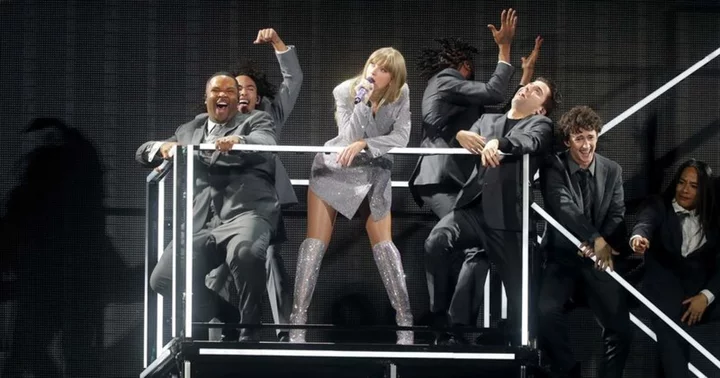
'Post-concert amnesia is real': Taylor Swift concertgoers get 'out-of-body experience' due to rare circumstances at Eras Tour
Swifties who have been to her show claim that they are experiencing an 'out-of-body experience' while at the concert
2023-05-31 16:51

With one eye on China, Japan backs Sri Lanka as a partner in the Indo-Pacific
Japan’s Foreign Minister Yoshimasa Hayashi says that Sri Lanka's strategic location in the Indian Ocean makes it a key partner in realizing a free and open Indo-Pacific
2023-07-29 20:29

Britain marks the Windrush anniversary with the story of its Caribbean community still being written
Seventy-five years ago, a ship carrying more than 800 passengers from the Caribbean to new lives in Britain landed at Tilbury Dock near London
2023-06-22 14:18
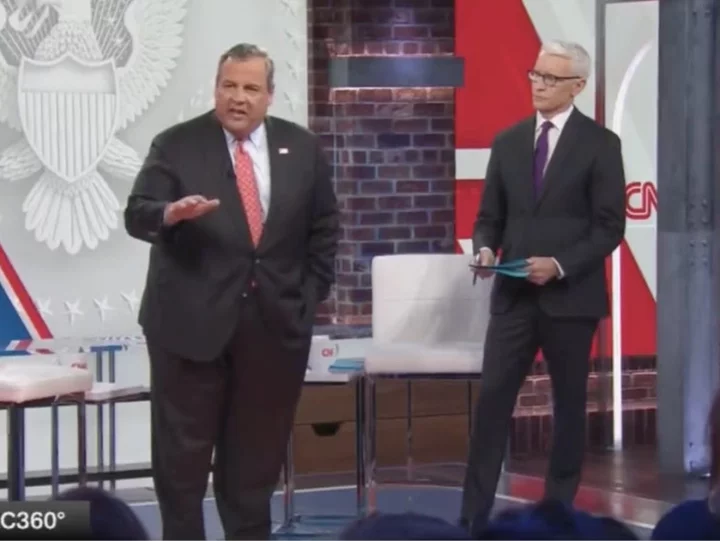
Chris Christie town hall – live: Christie compares ex-president to Voldemort and says evidence is ‘damning’
Former New Jersey governor and 2024 presidential candidate Chris Christie appeared before Americans on Monday night in a town hall hosted by CNN. During the event, Mr Christie tore into Donald Trump, accusing the former president of “vanity run amok.” “The conduct in there is awful,” Mr Christie said of the former president’s recent indictment. The former New Jersey governor also hammered Mr Trump’s record on immigration, can called him a “child” who can’t accept losing the 2020 election. Less than a week ago, Mr Christie officially entered the already-packed race for the Republican nomination. He joins former president Donald Trump, former vice president Mike Pence, former South Carolina governor Nikki Haley and more. Thus far, the former New Jersey official is polling well behind the rest of the Republican frontrunners, barely cracking one per cent support. Read More Chris Christie hits back at Trump’s mockery over his weight: ‘He’s such a spoiled baby’ Christie mocks ‘loser’ Trump for taking secret papers ‘on summer vacation’ and accuses him of ‘vanity run amok’ Who is running for president in 2024?
2023-06-13 16:56

Biden to travel to Hawaii to meet with wildfire survivors
By Jorge Garcia and Sandra Stojanovic LAHAINA, Hawaii U.S. President Joe Biden and first lady Jill Biden will
2023-08-16 21:49
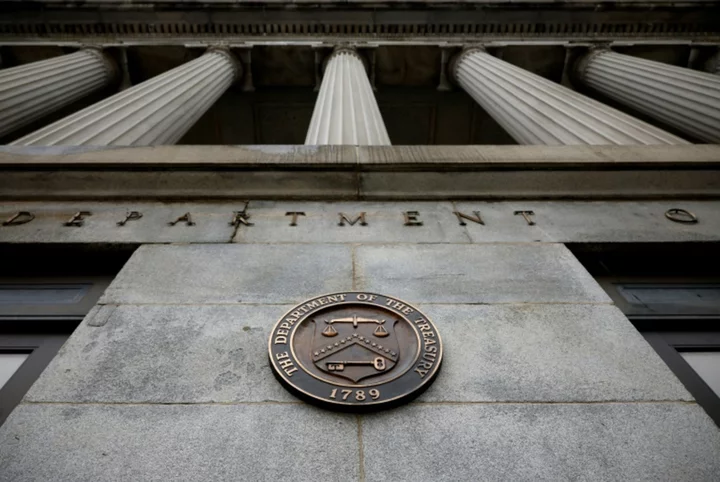
US budget deficit widens to $1.7 tn on lower tax revenue
The US budget deficit for the past year widened to $1.7 trillion, government data showed on Friday, in a development that could add pressure on President Joe Biden...
2023-10-21 06:19

TikTok stars Addison Rae, Bella Poarch and Charli D'Amelio fall victim to deepfake porn scandal
Manipulated images and videos depict the faces of these popular TikTokers imposed onto explicit pornographic content without their consent
2023-06-16 20:49

Who is Cate Blanchett's husband? Andrew Upton's wife rocks out at 2023 Glastonbury Festival in surprise appearance
Andrew Upton's wife Cate Blanchett recently made a surprise appearance at the 2023 Glastonbury Festival during The Sparks' rendition of 'The Girl is Crying in Her Latte'
2023-06-25 15:17

US lawmakers make bipartisan push for psychedelics research in defense bill
By Moira Warburton WASHINGTON A bipartisan group of U.S. lawmakers on Thursday pushed to include a provision allowing
2023-07-14 06:51

China’s Woes Push Some of Europe’s Debt-Laden Companies to Brink
A sluggish Chinese economy is causing distress to pop up in unexpected corners of Europe’s junk credit markets,
2023-10-27 17:56

NOT REAL NEWS: A look at what didn't happen this week
Social media users shared a range of false claims this week
2023-07-08 06:51

Bowen: Al-Shifa Hospital raid comes as clock ticks on war
Allies are starting to change their tune as Israel troops enter Gaza's largest hospital.
2023-11-15 21:29
You Might Like...
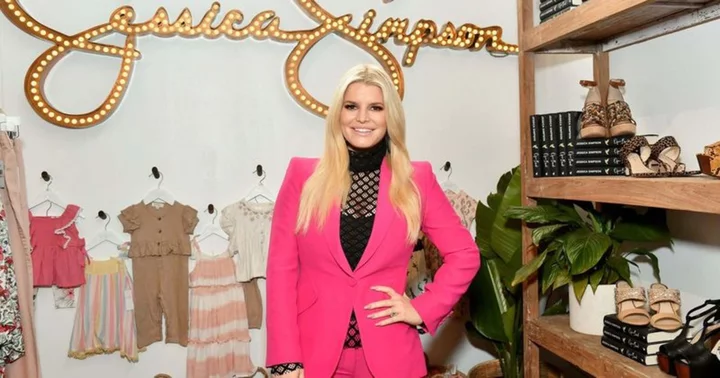
Who is Maxwell Simpson's father? Mom Jessica Simpson slammed for 11-yr-old daughter's outfit

Ohio Republican Rep Bob Young resigns after facing domestic violence charges

Myanmar's Aung San Suu Kyi moved from prison: party official

Fulton County district attorney wants Trump trial to begin March 4, 2024

How tall is MrBeast? PewDiePie once got 'scared' after meeting YouTube king: 'Jimmy is a freaking giant'
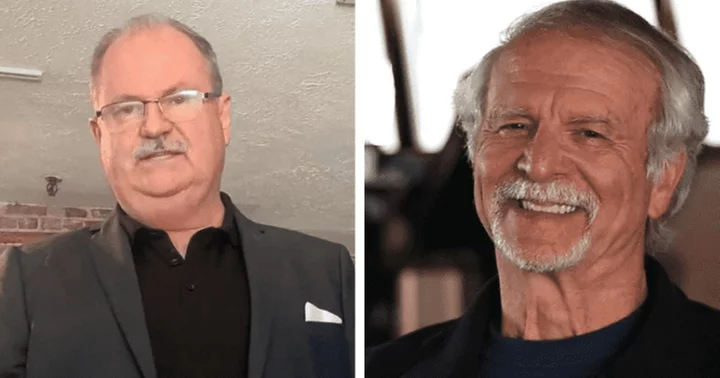
Larry Daley opens up about his friend Titanic expert Paul-Henri Nargeolet's death and Titan tragedy: 'It's kind of symbolic'

Colombian gets life sentence in US over killing of Haiti's president

Europe heatwave: No respite in sight for heat-stricken southern Europe
